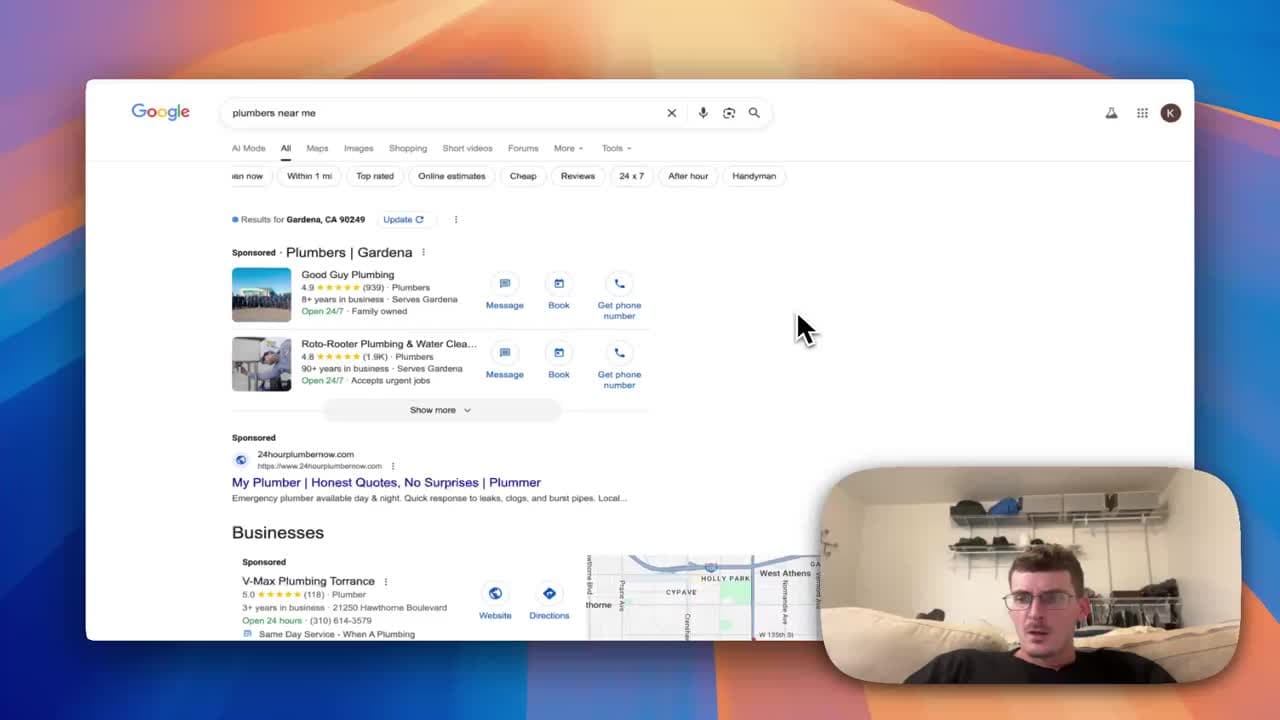How to Win Local Customers: A Practical Guide to Ranking in Google’s Map Pack

Why the Google "Map Pack" Is the Fastest Way for Local Businesses to Win Customers
If you run a local service business, competing for the top positions in Google’s general search results can feel impossible. The good news is there’s a far more accessible opportunity: the “map pack”. When users search for a service like “web development near me” or include a city name, Google often surfaces a map and a short list of nearby businesses. That block of results gets a lot of attention, and a lot of customers.
This post walks through the proven steps to get into and rank well in the map pack, based on practical tactics you can implement today.
Why the map pack matters
The map pack appears prominently and includes your business name, reviews, hours, and directions. Many people make a decision right from this view, so ranking there directly drives leads and phone calls.
If you want to understand how Google displays local results and how they differ from organic results, see Google’s guidance on local listings: Google Business Profile Help.
Step 1: Create and fully complete your Google Business Profile
Your first step is simple but crucial: claim and verify your profile. Fill out every field thoughtfully:
- Business name, address, and phone number (NAP)
- Service areas and the specific cities you serve
- Business category and services
- Hours of operation and high-quality photos
Specify the city or county you serve (for example: Los Angeles County), and add key cities you regularly work in. A fully completed profile improves your chances of showing up for searches in those areas.
Step 2: Ask for and manage Google reviews
Reviews are one of the strongest ranking signals for the map pack. Don’t wait for customers to leave feedback. Instead, ask every satisfied client to post a review.
Practical tips:
- Ask right after a successful delivery or job completion while the experience is fresh.
- Send a direct review link (you can generate this from your Google Business Profile dashboard).
- Be polite and specific in your request and explain that reviews help other customers find you.
Reviews not only improve rankings but also build trust. For research on how reviews impact local search and consumer behavior, check resources like BrightLocal’s Local SEO research.
Step 3: Make your website locally relevant
Your Google Business Profile helps with local visibility, but your website needs to reinforce that local focus. Include the city and service areas naturally on key pages:
- Headline and H1 on your homepage (for example, Web Development in Los Angeles)
- Service pages that mention specific neighborhoods or cities
- Contact page with NAP and an embedded Google Map
To understand how Google crawls and understands location signals on your site, review Google’s documentation for webmasters: Google Search Central.
Step 4: Build credibility: backlinks and local signals
To move from local pack visibility to ranking in the broader organic results, you’ll need to earn backlinks and local citations that increase your domain authority. Tactics include:
- Guest posts or local partnerships that link to your site
- Listings on reputable local directories and trade organizations
- Press mentions and case studies for local clients
For practical strategies on local link building and authority, see expert resources like Moz’s Local SEO guide and articles on improving local search performance.
Quick checklist to get started
- [ ] Claim and verify your Google Business Profile
- [ ] Fill out categories, services, and service areas
- [ ] Add high-quality photos and business hours
- [ ] Ask every client for a Google review and send a direct link
- [ ] Include city names and service areas across your website
- [ ] Pursue local backlinks and directory listings
A short real-world example
In my own business I formed an LLC a few weeks ago and focused on these exact steps. After asking four clients for reviews and optimizing my Google Business Profile and website to emphasize Los Angeles service areas, I moved onto the first page of the map pack for “web development near me” in several local searches. The result was a noticeable increase in local inquiries within a couple of months.
Final thoughts
Local SEO is one of the highest-impact investments for small service businesses. Start with a complete Google Business Profile, build a review-generation process, make your website locally relevant, and steadily grow your credibility with backlinks and citations. Those efforts compound and what starts as a few reviews and on-site tweaks can evolve into long-term organic visibility.
If you need help setting up or optimizing your local SEO strategy, let’s talk. I can provide a quick audit and practical next steps to help your business win more local customers.

